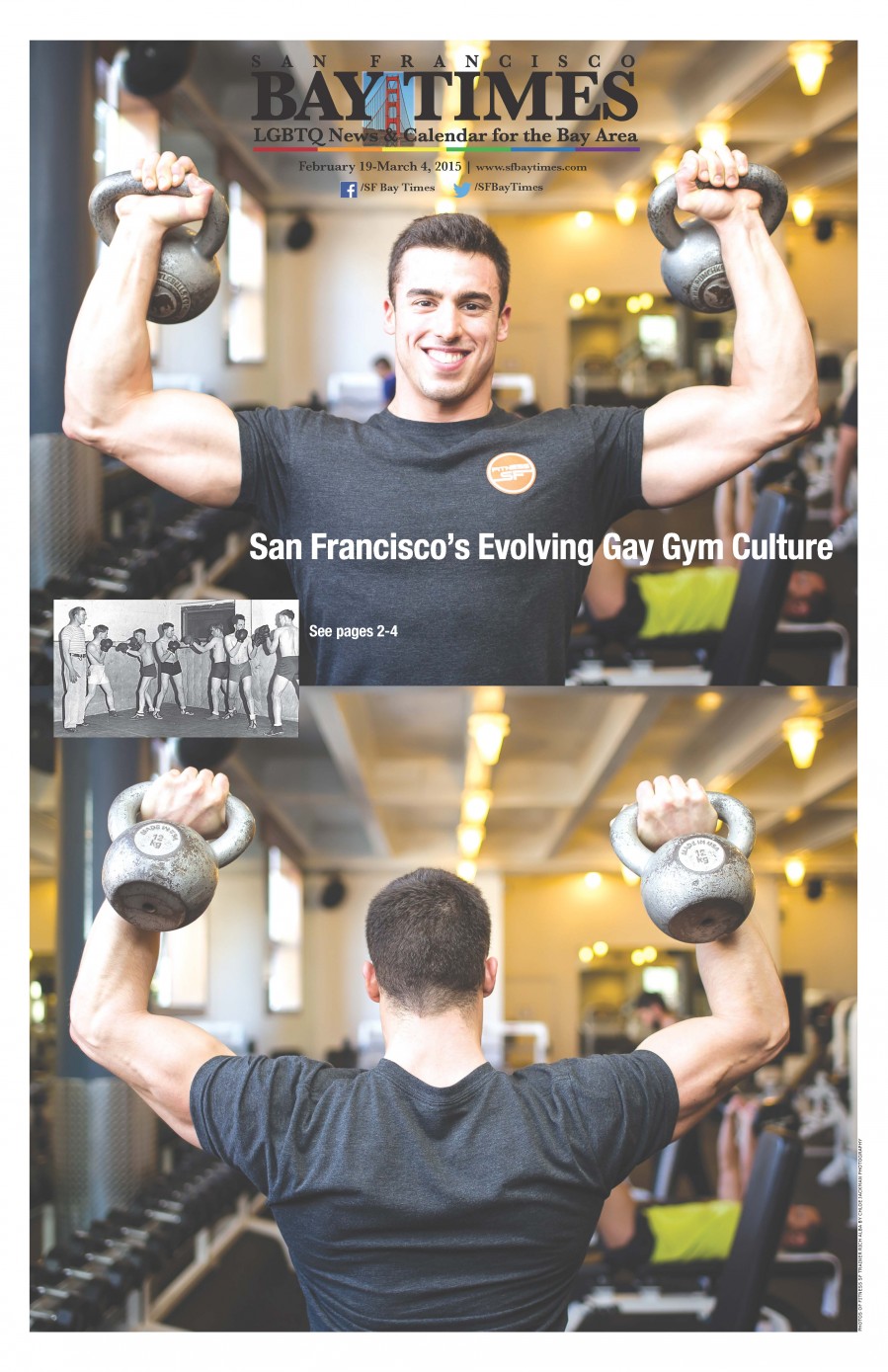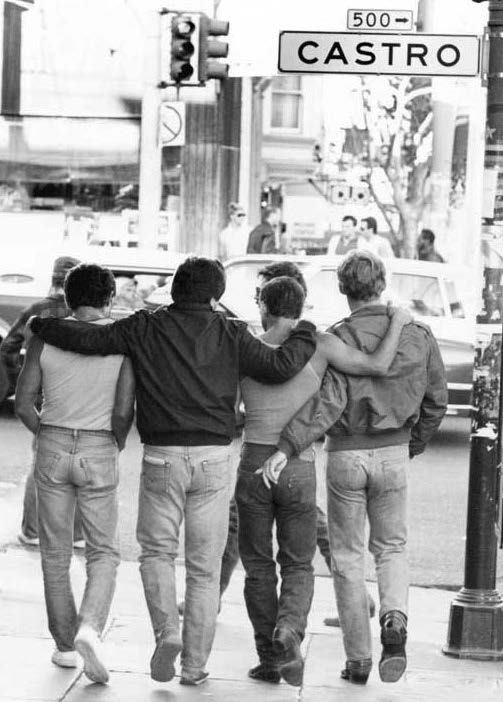 The Evolution of San Francisco’s Gay Gym Culture
The Evolution of San Francisco’s Gay Gym Culture
For many of us who live and work in the Castro, Fitness SF at Noe and Market is a welcome landmark. It’s a place not only to work out, but also to meet old friends, colleagues and lovers, and to make new ones. This busy hub, along with our other neighborhood gyms, reminds us how intertwined “gym culture” is with gay culture. The continuing evolution of both reflects key changes in LGBT life here in San Francisco over the past four decades.
In the 70’s, places like Polk Street, Eureka Valley and the Castro were full of young members of our community—particularly gay men—who enjoyed showing off their gym-toned bodies in snug 501 jeans and tight t-shirts. A lot of guys also sported cropped hair and mustaches. The look was so common that they were dubbed “Castro Clones.” Stereotypes aside, those of us at the San Francisco Bay Times who were in the city then remember how exhilarating that period often was. One of the songs that could be heard thumping out of packed clubs and cafes perhaps said it best: “Young man, there’s no need to feel down. I said, young man, pick yourself off the ground…there’s no need to be unhappy.”
Happiness could indeed by found at the Y.M.C.A., as the gay-themed Village People sang, along with other places where men and women could work out, feel good about themselves, and strut their sexy stuff. We remember Solarius and Apollo, widely regarded as being San Francisco’s first “gay gyms.” Then there was Muscle Systems, The Pump Room, City Gym, Market Street Gym…so many. We’d like to rewrite the Village People lyrics to say, “Young man and woman,” because LGBT women were in on all of this too. The Pump Room, for example, later was named the “Women’s Gym” and catered to lesbians.
In the 80’s and 90’s, the HIV/AIDS crisis seemed to intensify our pursuit of health and fitness. Instead of approaching someone with lines like “What’s your sign?” or “What do you do?” it became more common to ask, “Where do you work out?”
Moving into a new decade after the millennium, San Francisco gyms led to multiple distinct LGBT social groups. For his 2007 book “Muscle Boys: Gay Gym Culture” (Haworth Press), personal trainer Erick Alvarez surveyed nearly 6,000 male gay gym devotees and identified the following six principal subgroups:
1. The Muscle Boy- 18 to 40-something-year-old men who do not strongly identify with other gym subcultures
2. The Older Male- Gay baby boomers who frequently work out
3. The Poz Jock- HIV-positive men who, as Alvarez writes, “use the gym and exercise as an important aspect of managing HIV and AIDS”
4. The Athlete- For these men, the gym is a cross-training tool that serves as an extension of their sport(s)
5. The Circuit Boy- These guys train hard and party hard too
6. The Muscle Bear- “Big, burly, and strong as hell,” Alvarez writes
Volumes could also be written about LGBT women gym subcultures. A tongue-in-cheek AfterEllen story even advises single readers on how to choose the perfect gym class in order to meet Ms. Right. (Think bored housewives in Zumba class, and double entendre conversations had while lying down doing Pilates.)
Now, with marriage equality thankfully a reality here in California, married couples and families are hitting the gym together. Busy professionals get up at the crack of dawn to work out before heading to the office, or manage to put in some time in the evening. We seem to be more serious about fitness, and the places we choose to support.
 Gym owners Zsolt and Sebastyen Jackovics are sensitive to those needs, such that they left the Gold’s Gym fitness chain in 2012 after it was learned that billionaire businessman Robert Rowling and his company TRT Holdings of Gold’s gave close to $6 million to a political group that later used the money to support anti-gay congressional candidates. Gold’s in the Castro was then history, with Fitness SF rising sleek and strong in its place with a new logo.
Gym owners Zsolt and Sebastyen Jackovics are sensitive to those needs, such that they left the Gold’s Gym fitness chain in 2012 after it was learned that billionaire businessman Robert Rowling and his company TRT Holdings of Gold’s gave close to $6 million to a political group that later used the money to support anti-gay congressional candidates. Gold’s in the Castro was then history, with Fitness SF rising sleek and strong in its place with a new logo.
What does the future hold for gay gym culture? Alvarez believes that distinct social groups and trends will continue to emerge out of gyms, spilling out into the rest of society. We have had a decades-long relationship with gyms that, for better and worse, will continue far into the future. “Simply put,” Alvarez concluded, “in urban America, being gay comes with a gym membership.”
Recent Comments